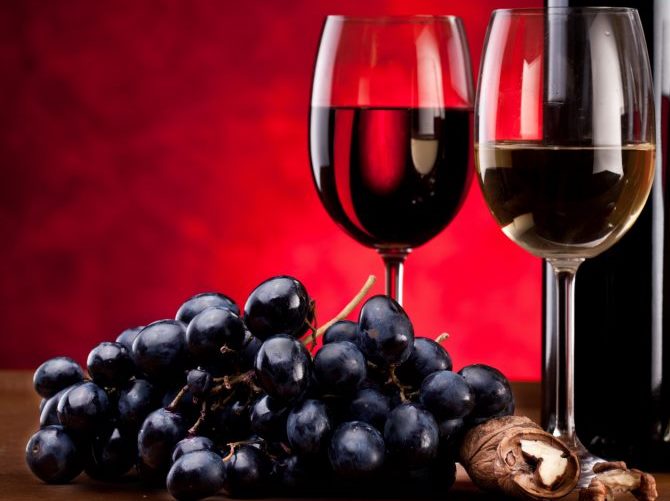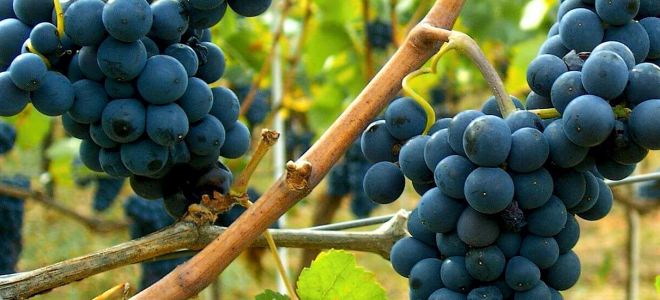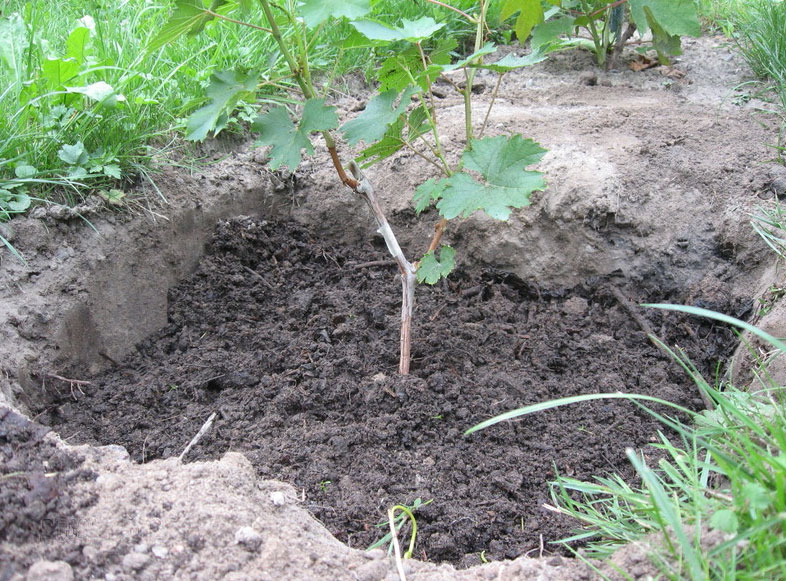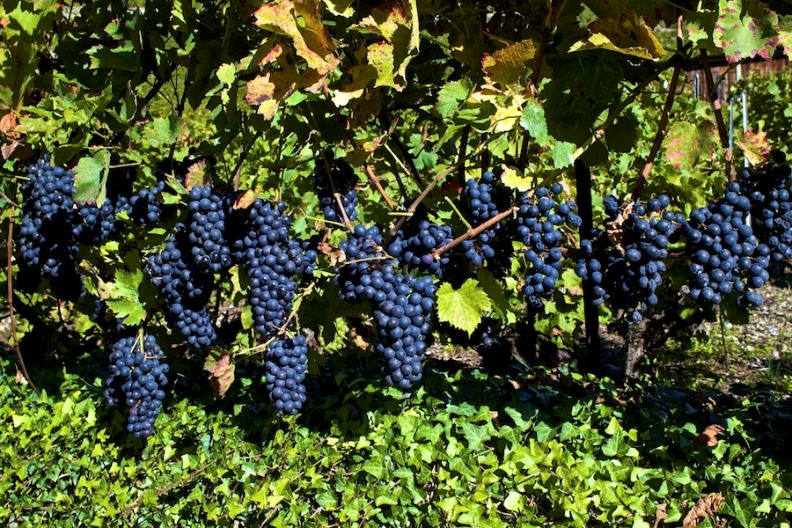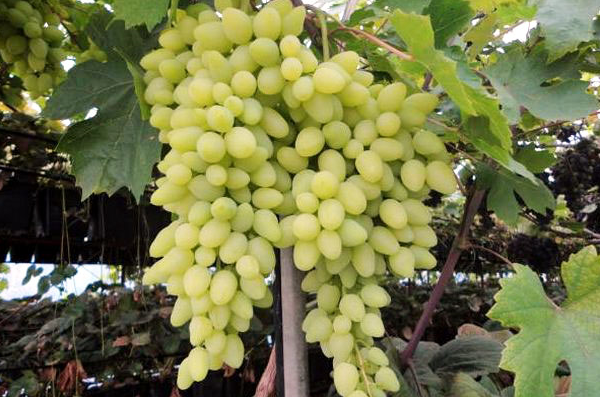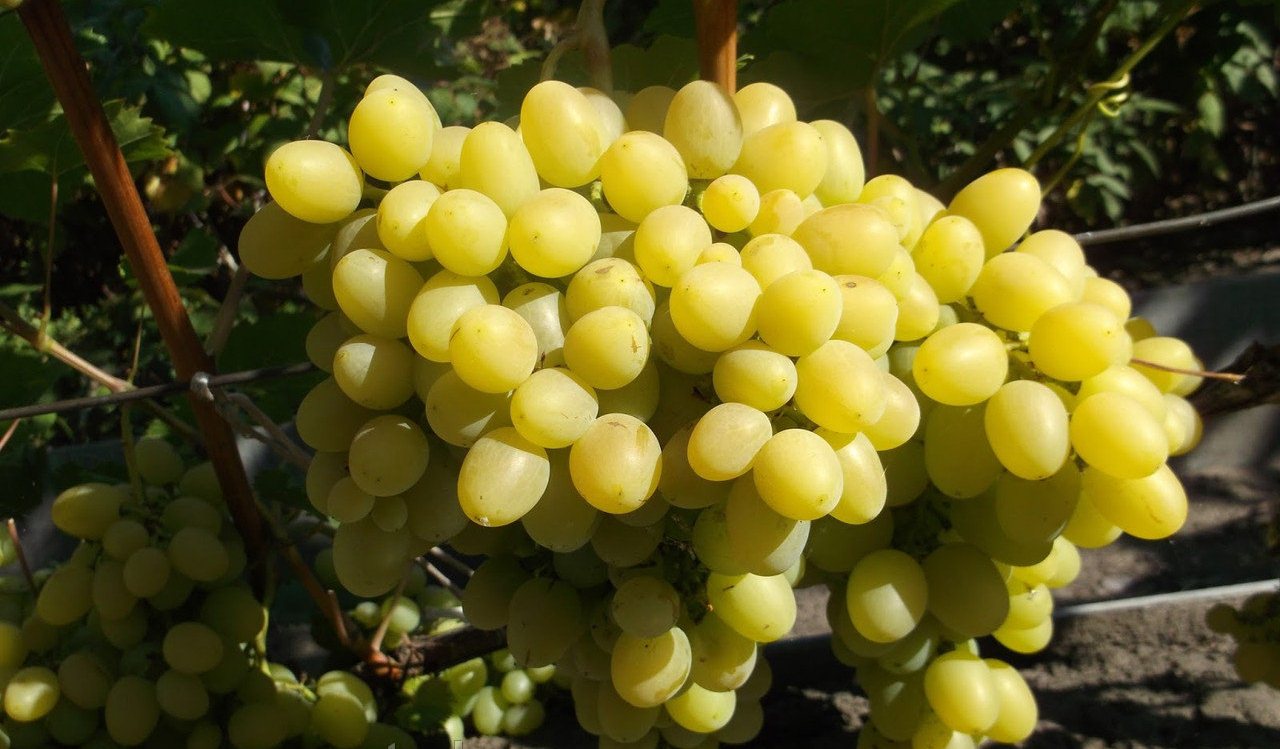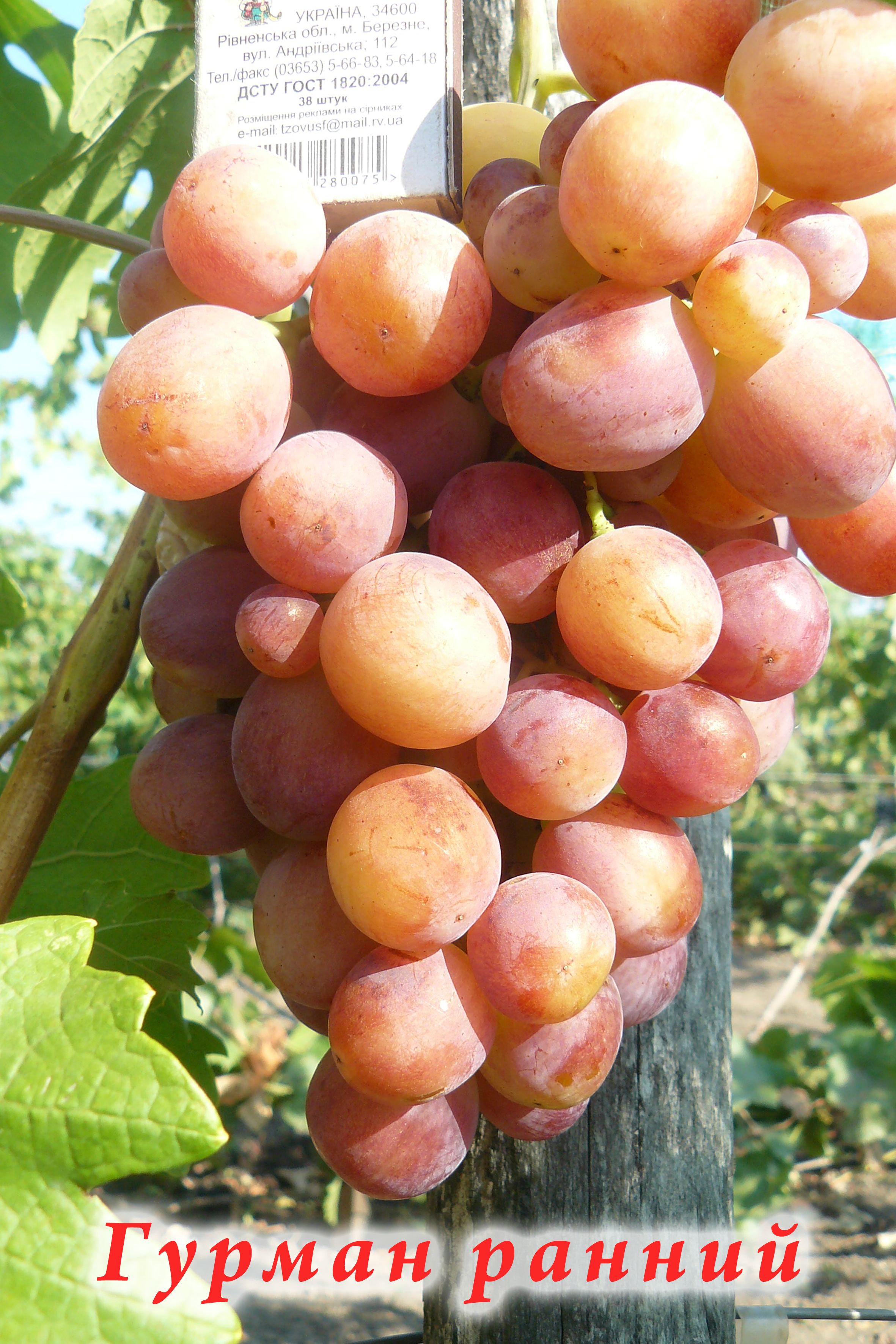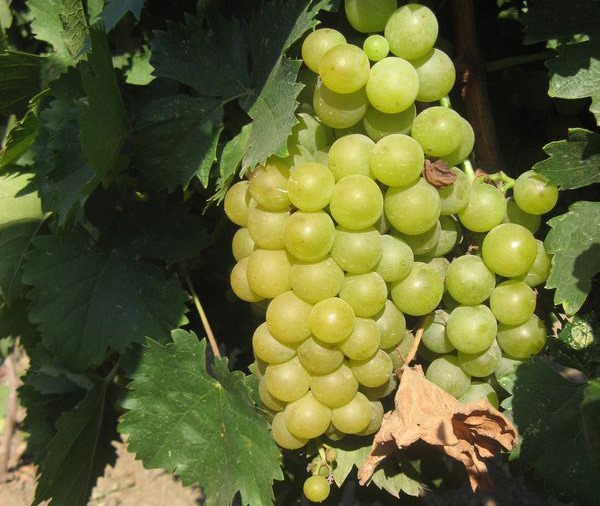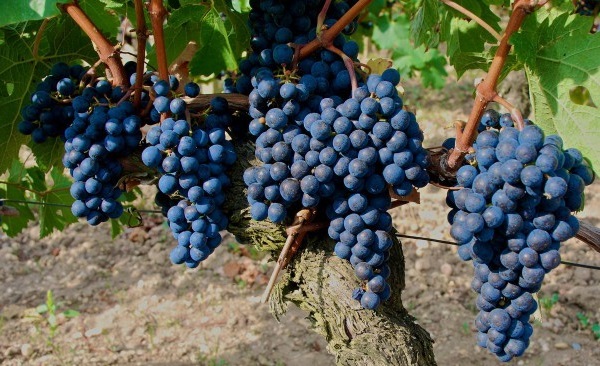Content:
To obtain high quality Burgundy wine, Pinot Noir grapes are used. It is classified as a technical variety and is noted as the best product for winemaking. The name was given to him for the similarity of bunches with a pine cone and the dark color of the berries. Pino means pine, Noir means dark.
A bit of history
Pinot Noir is a famous grape with a history. The first mention dates back to the XIV century. But many connoisseurs of the variety claim that it is at least a thousand years old. Cultivated in the lands of Burgundy, Champagne and Alsace. In addition to its homeland, it has spread to many parts of the world. It can be found in Germany, Italy, Switzerland, Argentina and even Japan.
The name of the variety has many synonyms: Pinot Fran, Pinot Black, Shpachok, Pinot Negru and others.
Ripening period and yield
Pinot Fran is an early ripening grape. Full harvesting is done at the end of August. But under unfavorable weather conditions it is possible to do it in early September. The period from kidney formation to harvesting of finished products is on average about 5 months.
The optimal climate for a culture is not hot, even cool, so it is perfect for planting in most regions of Russia.
The yield is low - on average, about 60 centners per hectare. But, it should be noted that the average rates differ from region to region. Indicators of up to 103 centners per hectare were recorded. The ratio of fruiting shoots on one bush varies from 60 to 90%.
In addition to the climate, the composition of the soil also affects the main characteristics of the variety. It is noted that on the pebble and carbonate-chestnut soil of Bakhchisarai, the yield is 42.7 centners per hectare, and on the Crimean chernozems it reached 60.3 centners.
Variety characteristics
Pinot Noir bushes are medium-sized branches. The strength of growth is small. The plant has characteristic rounded leaves with three or five lobes. On the back of the sheet, you can observe a slightly noticeable fluff, resembling a cobweb. Grape clusters are smallish in size, their average weight is 100-110 grams. The structure of the brush is dense, reminiscent of a head of corn. Their number on fruiting shoots is up to two, and on developing ones, one at a time.
The berries of the Pinot Noir grape variety are medium-sized, round or slightly oval in shape, reaching a diameter of 14-16 mm. The color of the berries is dark blue, and almost always with a bluish bloom. The weight of one berry reaches 1.3-1.8 grams. The fruit is covered with a thin skin, which, despite everything, is quite strong. The pulp is juicy, tender and has a pleasant taste. When squeezing the juice, a colorless liquid with a harmonious aftertaste is obtained. The number of seeds is usually 2-3 pieces.
The following is a description of the main components obtained from an average of 100 grams. grapes:
- percentage of juice - 75%;
- combs - 4%;
- skin, grains and dense part of the pulp - 20%;
- sugar indicators in 100 ml of juice - 21 g;
- acidity does not exceed 7.8 g / l.
Technological features
To get good quality drinks, you need to observe several nuances:
- if you want to get tasty, high-quality and expensive wine, the load on the bush should be small;
- the tannin content in drinks will be higher if the spinning is done with a comb;
- it is advisable not to combine this type of grape with others in winemaking, since successful blends are not always obtained.
But, despite such recommendations, many winemakers experiment on their own, hoping to add original notes to wine drinks.
Planting and leaving
Under all favorable growing conditions, the Pinot grape variety develops well and gives an excellent harvest. But, if there are some deviations from the norm, it also bears fruit and feels quite satisfactory. When planting a varietal vineyard, you should follow the basic rules:
- planting of seedlings should be carried out in rows in which the bushes are 0.8 m apart from each other;
- the distance between the rows is at least 1 m;
- the tension of the trellis is carried out at a height of 1.2 to 1.5 meters;
- planting can be done from the beginning of March until almost the end of May, and with autumn planting, October is considered favorable;
- not suitable for planting strips with plains and low reliefs;
- This grape variety is very fond of gentle slopes with moderately dry and calcareous soils.
For a successful planting and fast rooting, winegrowers are advised to consider the following points:
- the roots of each bush should be dipped into a chatter box, consisting of two parts of clay and one part of manure (the composition is diluted with water to the consistency of sour cream);
- if there were no ingredients for the talker, then the seedlings are dipped in water;
- grapes are planted to a depth exceeding the greenhouse by 2 - 3 cm;
- the bottom of the hole is covered with fertilizer components, then covered with a layer of soil and a bush is placed;
- the roots are covered with earth, then it is compacted and watered.
Despite the many advantages of the Pinot Noir variety, it is a rather capricious species. Caring for him must be timely and correct:
- grapes are very fond of plentiful watering, although this should not be done too often;
- when pruning, a vine with 7 eyes is left;
- top dressing contributes to the growth and full development of the bushes - first it is carried out at the growing season, then you need to remember about the annual spring application of nitrogen;
- in the southern regions, bushes are formed on low dies;
- in northern climatic zones, the formation is made high, long sleeves and fruit shoots are left;
- cold resistance is average, so in cold climates it is necessary to insulate the bushes in the winter season.
Advantages and disadvantages
The varietal Pinot Noir is the great-grandfather and founder of all Pinot grapes. It has the following advantages:
- under unforeseen circumstances for the development of the bush and in the event of defeat and death of the vine, it is possible to revive at the expense of replacement shoots;
- the bushes are mostly small, which greatly simplifies their care;
- when compared with other technical varieties, there is a high yield;
- an average degree of resistance to cold and frost is inherent;
- when used individually, they produce excellent table wines with great taste.
Along with all the listed advantages, there are some disadvantages:
- weak resistance to disease damage, which requires constant preventive and therapeutic measures, systematic spraying;
- strong dependence of yield on climatic conditions.
With proper planting and care of Pinot Noir grapes, systematic soil enrichment and correct pruning, you can get an excellent harvest for many years.
